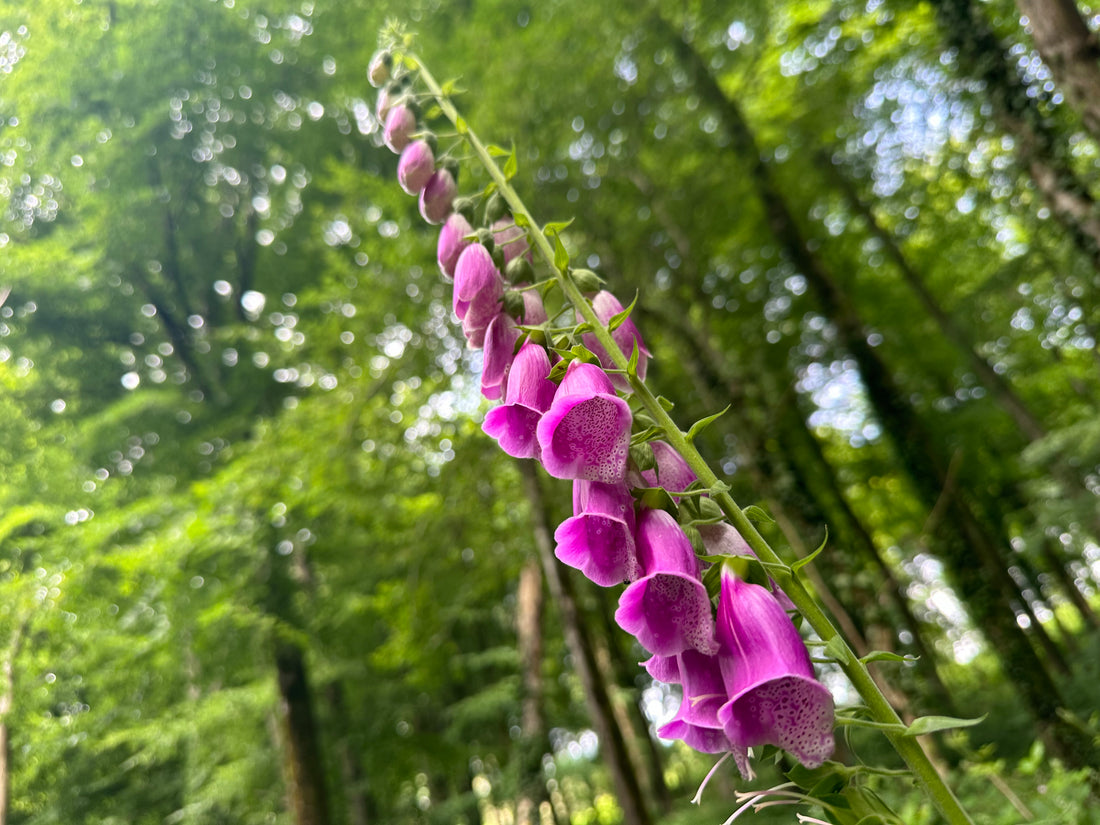We understand the challenges gardeners face with deer visiting their gardens and causing damage. Based on the latest findings from our 2018 survey of gardeners' experiences, we've updated our list of plants that are less likely to suffer from deer damage, along with practical advice on planting in deer-prone areas.
Introduction to Deer-Resistant Gardening
Gardeners know all too well the frustration of deer feeding on their prized plants. Our updated guide offers a selection of garden plants that have shown resistance in different environments. These plants are less appealing to deer and can help reduce the extent of damage in your garden.
Practical Considerations for Choosing Plants
The likelihood of deer damage varies based on several factors:
- Proximity to Human Activity: Plants closer to your home or frequented areas tend to experience less damage due to the proximity to human activity.
- Availability of Food: Deer preferences can vary regionally; a plant untouched in one garden may be favoured in another.
- Seasonal Changes: Food scarcity during certain times of the year might drive deer to sample a broader range of plants.
- Annual Variability: Some years may see higher levels of deer activity and plant damage than others.
We recommend protecting all new plantings with netting until they are well established, as deer are particularly drawn to new additions to your garden. For comprehensive protection, consider deer-proof fencing, guided by our basic recommendations or more detailed advice from the Forestry Commission.
Recommended Deer-Resistant Plants
Based on responses from 740 gardeners in our RHS survey, here are some plants to consider for gardens frequented by deer. Those marked with an asterisk (*) have shown a particularly low likelihood of deer damage, as reported by survey participants:
Shrubs, Climbers, and Trees
- Berberis*
- Brachyglottis*
- Buddleja davidii (Butterfly Bush)*
- Buxus
- Ceratostigma (Hardy Plumbago)*
- Chaenomeles (Japanese Quince)*
- Choisya (Mock Orange Blossom)*
- Cistus
- Clematis
- Cornus sanguinea
- Cotinus (except red-leaved forms)
- Cotoneaster*
- Cupressus*
- Cytisus (Broom)*
- Daphne*
- Eucalyptus*
- Euphorbia (Spurge)*
- Forsythia*
- Hippophae rhamnoides
- Hydrangea
- Hypericum*
- Jasminum nudiflorum*
- Jasminum officinale*
- Kerria*
- Laburnum
- Laurus nobilis (Bay)*
- Lavandula*
- Lonicera (Climbing Honeysuckle)*
- Lonicera ligustrina*
- Lonicera yunnanensis var. yunnanensis 'Baggesens Gold'*
- Magnolia
- Myrtus (Myrtle)*
- Mahonia*
- Perovskia atriplicifolia (Russian Sage)*
- Philadelphus
- Phlomis fruticosa (Jerusalem Sage)*
- Phormium
- Pieris*
- Potentilla fruticosa (Shrubby Cinquefoil)*
- Rhododendron (Deciduous Azaleas)
- Ribes (Currants)
- Robinia pseudoacacia (False Acacia)
- Romneya coulteri (Californian Poppy)
- Rosa rugosa, R. spinosissima
- Rosmarinus officinalis*
- Santolina (Cotton Lavender)*
- Sarcococca (Christmas Box)*
- Skimmia *
- Spiraea
- Syringa (Lilac)*
- Viburnum (Deciduous Types)
- Vinca (Periwinkle)
- Weigela
- Wisteria*
- Yucca
Herbaceous Perennials, Herbs, Fruit, and Vegetables
- Aconitum (Monkshood)*
- Agapanthus
- Ajuga (Bugle)*
- Alchemilla (Lady's Mantle)*
- Aquilegia
- Armeria (Sea Thrift)*
- Artemisia
- Aubrieta*
- Bamboo
- Cortaderia (Pampas Grass)
- Crocosmia (Montbretia)*
- Delphinium
- Digitalis (Foxglove)*
- Echinops (Globe Thistle)*
- Erigeron*
- Eryngium (Sea Holly)*
- Euphorbia (Spurge)*
- Helichrysum*
- Helleborus (Christmas/Lenten Rose)*
- Kniphofia (Red Hot Poker)*
- Leucanthemum x superbum
- Lupinus (Lupin)
- Monarda didyma (Bergamot)
- Nepeta (Catmint)*
- Paeonia (Herbaceous)*
- Primula*
- Saxifraga × urbium (London Pride)
- Sisyrinchium*
- Solidago (Golden Rod)*
- Verbascum (Mullein)*
For gardeners struggling with deer, consider using our Trico® Garden Deer Repellent, which you can find here: Trico® Garden Deer Repellent. This product offers an effective solution to protect your plants from deer damage.
Trico® Garden has been proven to give highly effective protection to trees, garden plants, vineyards, orchards and agricultural crops against deer browsing. Trico® Garden is a smell and taste deterrent based on emulsified sheep fat which deer will avoid as they find the smell and taste totally unappetising. It has the advantage over other repellents on the market in that it has good rainfastness, providing effective protection against game damage during both the summer and winter. It is totally harmless to deer. They just don’t like the smell and taste!
Safe And Cost-Effective Deer Management Solutions
CALL US TODAY
+44 1903 412444





